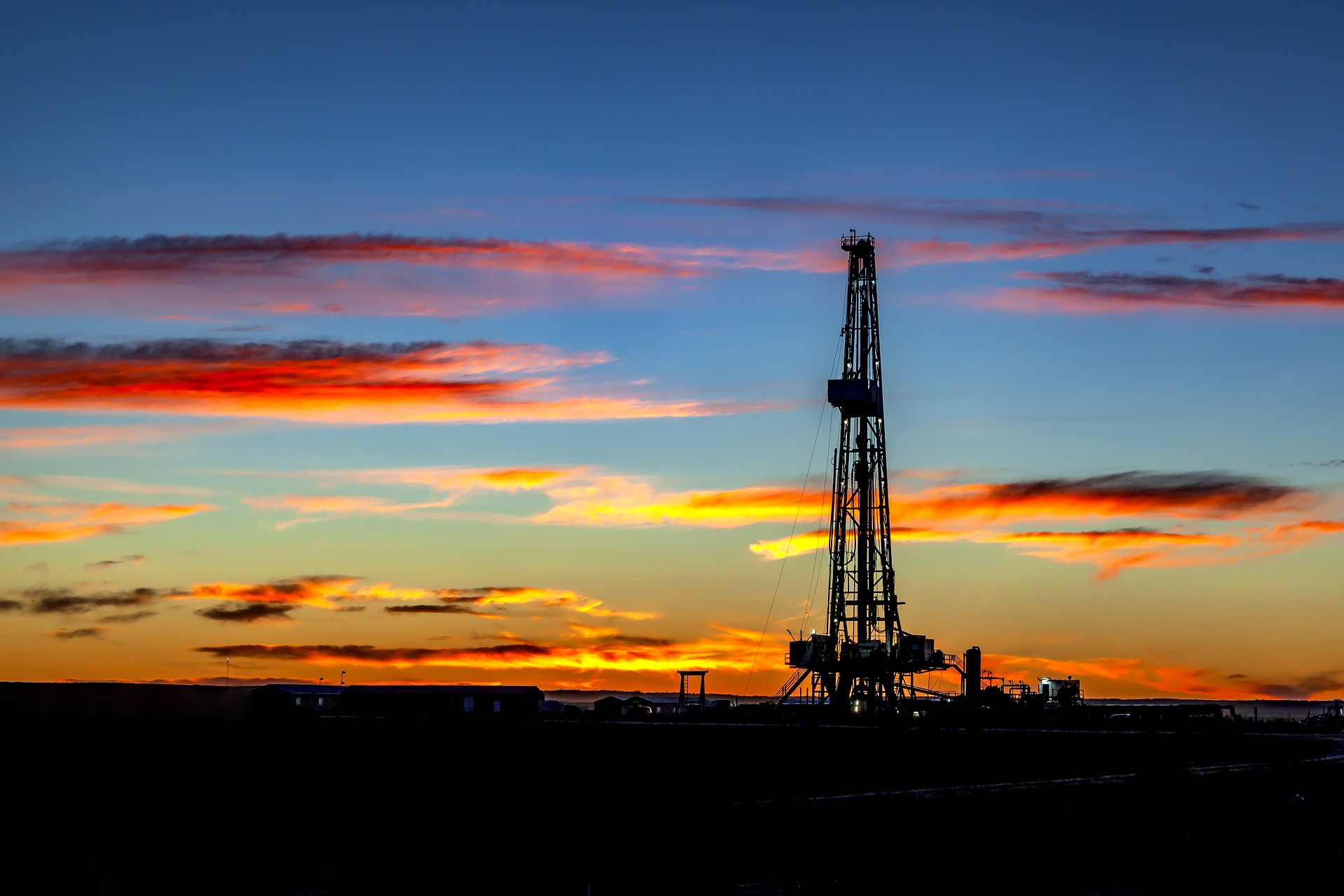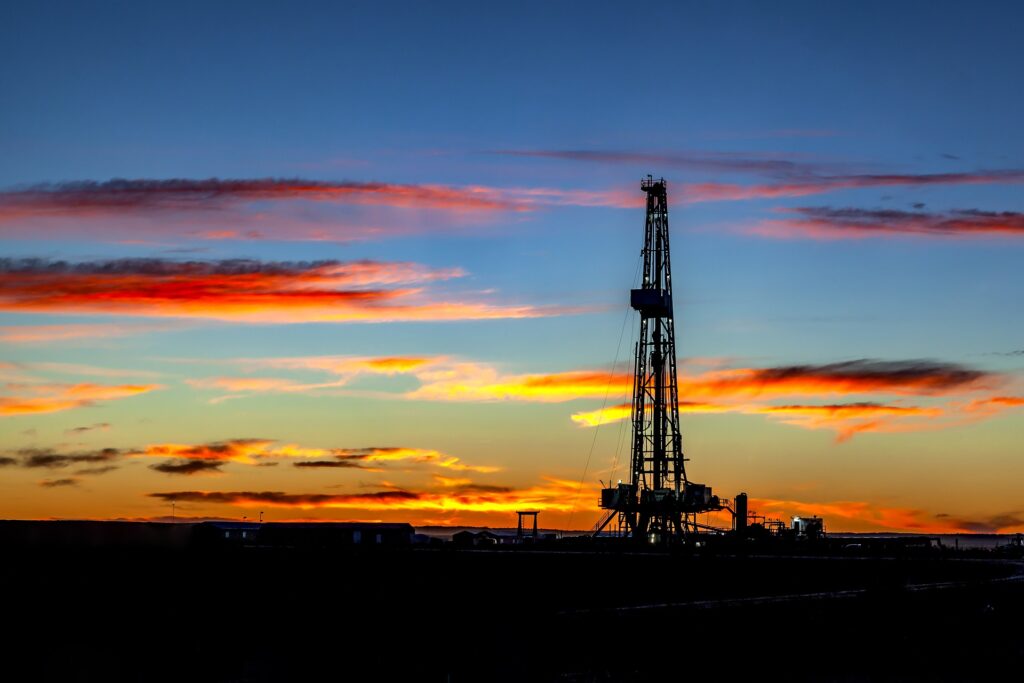
Image: Pixabay
Brazil carried out commercial exports of electricity to Argentina and Uruguay for the first time from hydroelectric surpluses, after January ended with the best storage conditions in the National Interconnected System (SIN) in the last 11 years.
The plant lakes reached the level of 69.8% in the Southeast/Central-West, 86.9% in the South, 75.7% in the Northeast and 89.3% in the North, which will contribute to meeting the objectives of service safety and affordability tariff in the coming months, said the Ministry of Mines and Energy in a note.
{module Form RD}
“As a consequence of the high availability of energy resources, the verification, in the last month, of energy surpluses and spills in all subsystems was mentioned”, said the ministry, after a meeting of the Electricity Sector Monitoring Committee (CMSE).
Furthermore, the ministry noted that the São Francisco and Grande river basins remain in full operation, in accordance with guidelines adopted in favor of managing the multiple uses of water and ensuring adequate safety for the population.
According to the ministry, the National Electric System Operator (ONS) registered the indication of full service both in terms of energy and power by the end of July, with the prospect of reaching the highest storage levels in recent years at the end of the period typically humid in April.
Most of the energy generated in Brazil comes from hydroelectric sources. With reservoirs full, following above-average rainfall in some areas of Brazil in January, the country opened the floodgates of power plants, including Binacional Itaipu.
The significant growth in renewable electricity generation capacity and abundant rains are putting pressure on energy prices on the free market in Brazil, with drops exceeding 50% compared to the levels negotiated in the previous year.
Source: Marta Nogueira | Notícias Agrícolas












